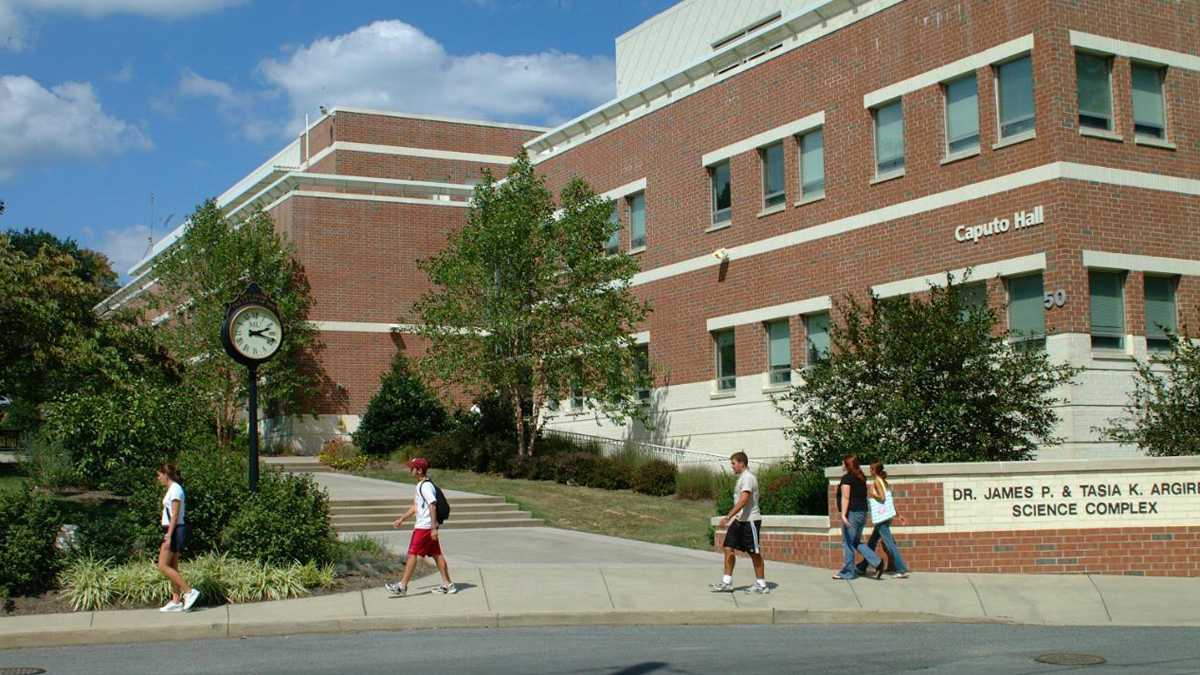Will Pa. public universities experiment by charging different tuition?

(PASSHE.edu)
The 14 state-owned universities that make up the Pennsylvania State System of Higher Education all charge the same tuition — but a consultant report is urging they get a chance to charge more or less depending on where they are.
The outside consulting firm, the National Center on Higher Education Management Systems, recommended the state system set tuition ranges that account for regional differences instead of a uniform rate.
Doug Webber, a Temple University associate professor of economics who researches the economics of higher education, says it’s a good idea to let colleges charge tuition based on their costs.
“Overall, a one-size-fits-all policy for tuition, it’s going to make it really hard on certain universities or potentially all of them,” he said. “If you set things for the average, there’s not always a case where there is an average university that exists, but they all have very different needs.”
Several state-owned universities have already been experimenting with new tuition models for the past three years, including West Chester, Millersville and Bloomsburg universities.
Webber says he doesn’t see much changing for those universities.
“For the other universities though, I do think that there’s the potential that they’re going to likely raise their tuition, at least some of them will,” he said.
State system officials say some pricing experiments produced lower tuition rates, making those universities more competitive.
The economist says giving schools flexibility is a good thing.
“When you look at the universities…they’re in different cost-of-living areas where the cost of doing business are quite different in different parts of our state.”
The state system faculty union is concerned this change could make college less affordable and drive away students.
Ken Mash, president of the Association of Pennsylvania State College and University Faculties union, says recent tuition per-credit models at several universities are pricier.
“Overwhelmingly, those have been to increase tuition,” he said. “That’s our biggest fear — that this will ultimately lead to increases in tuition. And the ripple effect of that we think is to make college more expensive and drive students away from having an opportunity to go to college at all.”
Economist Webber says there is a worry that raising tuition might hurt college affordability, but he says forcing the same price on schools located in different areas places financial constraints that can arguably hurt their quality of education.
“I would err on the side of giving them some flexibility,” he said.
Mash says there’s room for change but urges caution since the goal is to provide opportunities, not shut out more students.
“It’s hard to tell whether or not…[the universities] are just going to have total freedom to set tuition or it would be something like the way it is right now, given that they have these pilot programs going on and they have to be approved by the board.”
The faculty union president says working families could face difficult choices.
“The fact is we’re going to have more students having to borrow for college…or make a decision that they’re just not going to go and that seems to run counter to what the overall mission of our universities, which is to reach out to people who otherwise wouldn’t have an opportunity to.”
Tuition isn’t the main concern, Mash notes for him and the faculty union.
“All of this actually takes attention from where it should be,” Mash said. “I believe and our organization believes that attention has to be focused on the fact that Pennsylvania is near the bottom of states when it comes to funding public higher education on a per student level.”
Labor economist Webber recently published a study that showed the relation between shrinking public funding and increasing tuition. His research shows the actual rate that public appropriations cuts are passed on to students as higher tuition: 25.7 percent.
For every $1,000 cut from per-student state and local appropriations, students can expect to pay $257 more per year. In recent years, students have taken on more of state disinvestment — the decline of state funding cuts. Before 2000, students paid 10 percent more, and after 2000, they paid 32 percent more.
System officials say the board is still reviewing the tuition idea.
The board is searching for a permanent replacement for retiring State System Chancellor Frank Brogan, who leaves September 1st. Peter Garland, executive vice chancellor for the state system, has been named interim chancellor.
WHYY is your source for fact-based, in-depth journalism and information. As a nonprofit organization, we rely on financial support from readers like you. Please give today.




